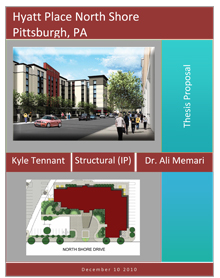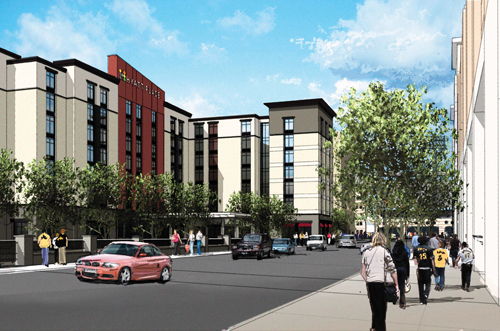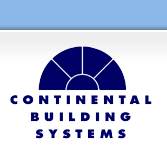Thesis Proposal |
|
The main goal of this thesis is to redesign the structural system due to the relocation of the building to California. The overall building shape makes it susceptible to seismic forces. These forces will be overcome by redesigning the building in steel with rigid diaphragms and by isolating the two wings of the building. Because of this the gravity and lateral systems will undergo complete redesign through the use of RAM, ETABS, and hand calculations. The full proposal can be viewed by clicking on the image below. |
| |
 |
|
| |
|
|
Revised Thesis Proposal (1/13/2011) |
In this proposal the toping for Breadth 1 was changed from Architecture and Aesthetics to Architecture/Structural Redesign Considerations. It was determined that redesign of the facade would be too great of an undertaking. The Breadth 1 details are discused below. Along with this change there were also minor changes to the schedule of tasks. |
| |
 |
|
| |
|
|
| |
| |
|
|
MAE |
Knowledge learned from my masters courses such as Computer Modeling, Earthquake Resistant Design of Buildings, and Building Enclosure Science and Design will be used in the redesign of the Hyatt Place North Shore for a location in California. The first of which will be in the creation of models in both RAM and ETABS to aid in the design and analysis of the gravity and lateral system. RAM will be used to aid in design of the gravity system and ETABS will be used for analysis of the lateral force resisting system. Topics discussed in Earthquake Resistant Design of Buildings will be used when designing the lateral system as a whole and specifically to design concentric, eccentric, and moment frames to resist lateral loads in combination with the concrete shear walls around stairwell shafts. |
| |
|
|
| |
| |
|
|
Breadth 1 - Architecture/Structural Redesign Considerations (Revised 1/13/2011) |
The first breadth topic will involve how the architecture is affected by the structural redesign. Because the building was moved to a high seismic region the masonry bearing walls will be eliminated and a steel frame structure with precast concrete planks will replace it. With the new steel frame there will be columns coming down in the architectural plan. Bay sizes and column placement will be investigated to minimize disturbance to existing conditions. Other elements in the building may also have to be slightly rearranged to accommodate the new structure. The building layout will also be slightly affected by the isolation gap between the two separate wings. |
| |
|
|
| |
| |
|
|
Breadth 2 - Cost and Schedule |
The second breadth topic is in the field of construction management. A large portion of cost is dependent on the building’s structure and how quickly and easily it can be constructed. The proposed system’s cost and schedule will be compared to that of the existing. The floor system will remain similar, except for the extra time and money to add a topping to the precast planks after being placed. Steel erection cost and time will be compared to that of laying reinforced concrete masonry shear walls. This comparison will help to show the added expense of designing for high seismic loads. |



